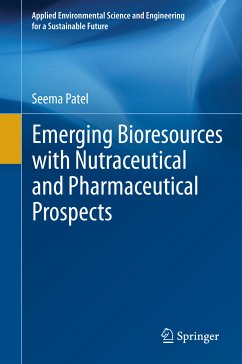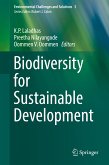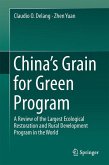¿This book introduces some emerging functional foods that are natural resources with tremendous promise as nutraceuticals and pharmaceuticals. The author considers biodiversity and bioprospecting as a response to food security issues, drug-resistance, nutrition-poor diets and other problems, exploring the prospects of several under-utilized nutrients and bioactive repositories. Readers will discover biochemical makeups, validated health benefits, explanations of underlying mechanisms, hurdles in the path of popularity and promotion strategies. Chapters explore particular plants, seeds and fruits including the strawberry guava, opuntia fruits, the Carissa genus, grape seeds, quinoa and the milk thistle (Silybum), amongst others. They are considered as food sources where possible and from the perspective of the roles they can play in complementary and alternative medicine, such as in wound healing, antimicrobial activity, gastroprotective activity in treatment of cancers and as natural antioxidant sources. This rich compilation holds plausible solutions to a range of current issues and it endorses the much-needed goal of sustainability in terms of diet and drugs. It paves the path for further research and development on hitherto obscure natural resources. Scientists working in the area of food development, phytochemical and antioxidant analysis, bioprospecting of low-profile foods and in complementary and alternative medicine will find this work particularly valuable. It will also be of interest to the general reader with an interest in food science, food security, phytochemicals and functional food studies.
Dieser Download kann aus rechtlichen Gründen nur mit Rechnungsadresse in A, B, BG, CY, CZ, D, DK, EW, E, FIN, F, GR, HR, H, IRL, I, LT, L, LR, M, NL, PL, P, R, S, SLO, SK ausgeliefert werden.









